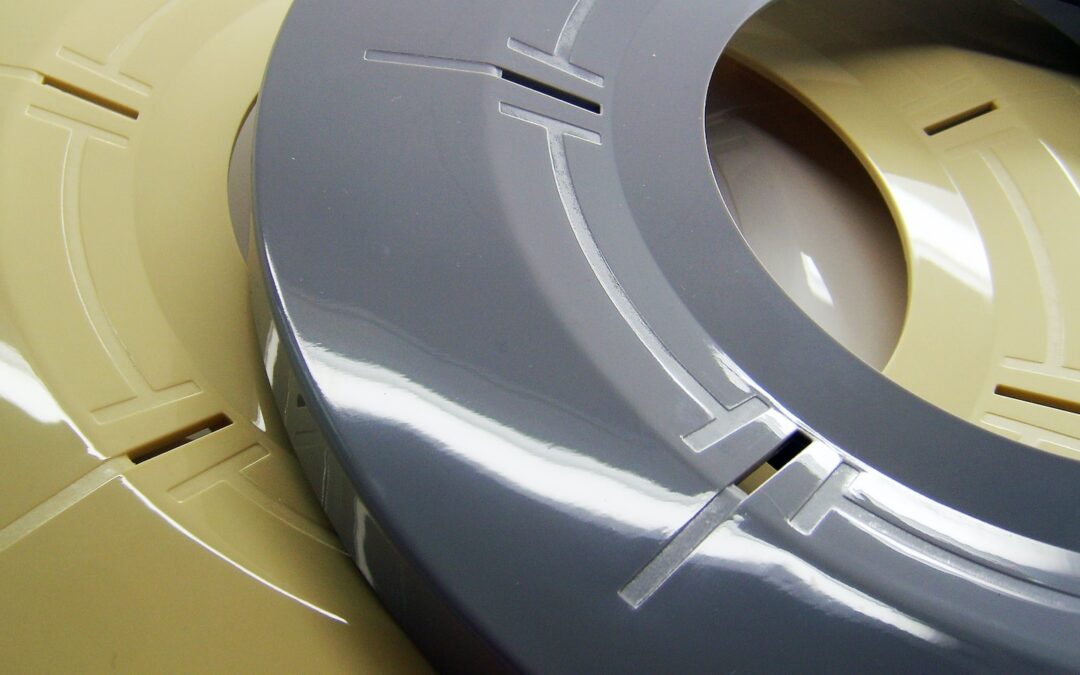Pain is one of the greatest discomforts we experience in our lifetime, and it can be caused by a variety of conditions. One such condition is an inflamed sacroiliac joint, which can cause spine and pelvic pain. Sacroiliac joint injections are a form of treatment for this condition, but what are they exactly and how can they help? In this article, we’ll cover everything you need to know about spinal injections, including the types of injections, the importance of physical therapy, and the risks involved.
Types of Injections
Spinal injections can offer relief from pain due to various degenerative conditions and can reduce inflammation in the joints, ultimately aiding long-term management of the pains. There are two main types of spinal injections, including cortisone and hyaluronic acid injections.
Cortisone Injections
Cortisone injections are injective medicines containing steroids or corticosteroids that are used to reduce the swelling in a joint, allowing the joint to move more freely and reducing pain. These injections usually take around an hour to be administered and can help diminish pain within 2 to 24 hours after the injection.
Hyaluronic Acid Injections
Hyaluronic acid injections use hyaluronic acid, a substance naturally present in the body, and inject it into the joint to improve lubrication in the joint and reduce the friction that can cause pain. Hyaluronic acid injections can offer relief for up to six months, but users may need to undergo several injections over time.
Role of Physical Therapy
Physical therapy is an integral part of the treatment plan for sacroiliac joint injections. Physical therapy, along with injections, can help reduce pain caused by the injury, muscle spasm, and loss of range of motion. Physical therapists can offer rehabilitative exercise programs that include stretches and strengthening exercises to help manage the pain and restore the joint’s range of motion.
Choosing the Right Physical Therapist
It’s important to choose the right physical therapist when undergoing physical therapy. A physical therapist should have experience treating spine-related pain, and it’s also important to choose someone who is familiar with the injury that is being treated. The physical therapist should be able to provide an individualized treatment plan and monitor progress to ensure that the injury is healing properly.
Creating a Mental Change
Physical therapy is also important for creating a mental change. It’s well-known that mental and emotional states can have an effect on the physical body, and physical therapy can help to reduce stress and create a positive mental attitude. Additionally, physical therapy can provide useful information that can help people manage their back pain even after their treatment plan is finished.
Risks and Side Effects
Although spinal injections can provide great relief for many people, there are some risks and side effects that should be taken into account. Side effects may include pain at the injection site, tenderness, swelling, redness, or even infection. It is important to speak with a doctor before undergoing any kind of injection to assess the risks and benefits.
Common Complications
In some cases, complications may arise as a result of the injection, including a spinal headache, bleeding, nerve damage, or allergic reaction. These complications are rare but can occur, so it is important to speak to a doctor beforehand and be aware of the possible risks and side effects.
People Also Ask
What Is the Purpose of a Sacroiliac Joint Injection?
The purpose of a sacroiliac joint injection is to reduce inflammation and pain in the joint caused by conditions such as arthritis or tendonitis.
How Long Does a Sacroiliac Joint Injection Last?
The duration of the effects of a sacroiliac joint injection depends on the type of injection used, but can last for several weeks to months.
Can a Sacroiliac Joint Injection Relieve Pain?
Yes, sacroiliac joint injections can reduce pain in the joint caused by degenerative conditions by reducing inflammation in the area and improving joint lubrication.
What Are the Possible Risks and Side Effects?
Common side effects of a sacroiliac joint injection include pain, tenderness, swelling, and redness at the injection site. Rarely, more serious complications can occur such as a spinal headache, bleeding, nerve damage, or allergic reaction.
Is Physical Therapy Necessary After a Sacroiliac Joint Injection?
Yes, physical therapy is often recommended following a sacroiliac joint injection in order to help manage the pain and restore range of motion.
Final Words
Sacroiliac joint injections can be an effective treatment option for managing spine and pelvic pain caused by an inflamed joint. While there are many possible benefits from the procedure, it is important to be aware of the potential risks and side effects, as well as the importance of physical therapy following the injection. Ultimately, it is best to consult with a doctor to evaluate your condition and to determine if a sacroiliac joint injection is the most appropriate treatment for you.

